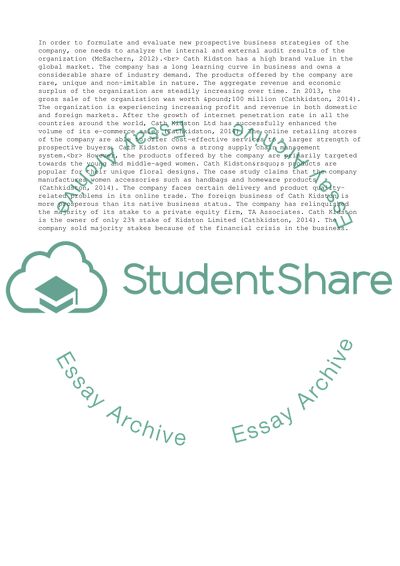Cite this document
(“Business strategy Essay Example | Topics and Well Written Essays - 2500 words - 4”, n.d.)
Business strategy Essay Example | Topics and Well Written Essays - 2500 words - 4. Retrieved from https://studentshare.org/business/1657678-business-strategy
Business strategy Essay Example | Topics and Well Written Essays - 2500 words - 4. Retrieved from https://studentshare.org/business/1657678-business-strategy
(Business Strategy Essay Example | Topics and Well Written Essays - 2500 Words - 4)
Business Strategy Essay Example | Topics and Well Written Essays - 2500 Words - 4. https://studentshare.org/business/1657678-business-strategy.
Business Strategy Essay Example | Topics and Well Written Essays - 2500 Words - 4. https://studentshare.org/business/1657678-business-strategy.
“Business Strategy Essay Example | Topics and Well Written Essays - 2500 Words - 4”, n.d. https://studentshare.org/business/1657678-business-strategy.


